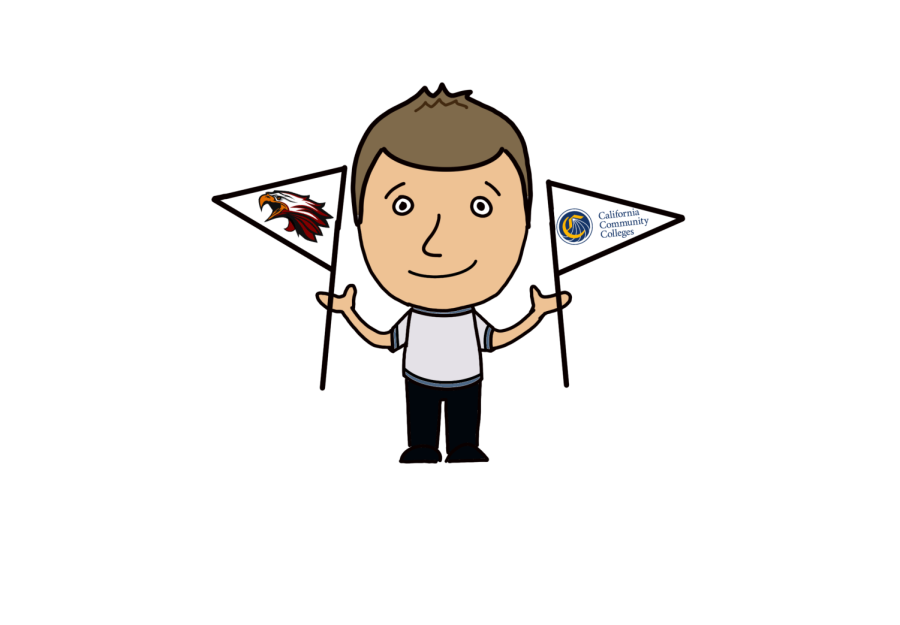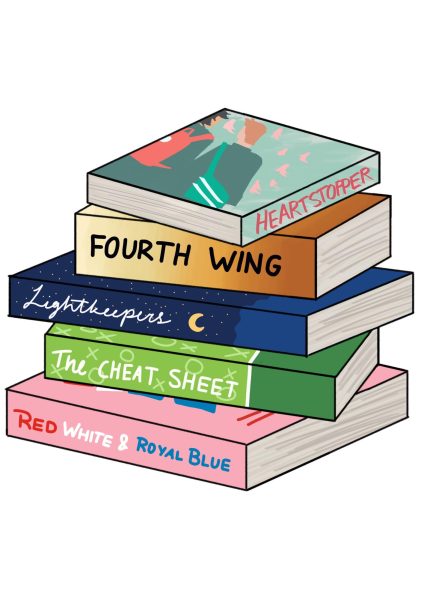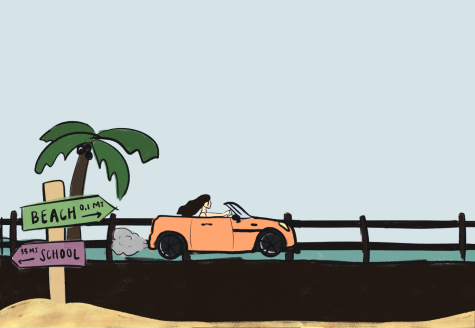The pros of dual enrollment for high schoolers
Most California Community Colleges offer high school students the opportunity to take dual enrollment courses at no cost. While there may be instances where students will have to pay service fees and buy textbooks, it is nowhere near the same cost as it would be at a four-year university or even a community college. Many students are not aware of this opportunity but any students who want a ‘head start’ might be interested.
Although students are able to take Advanced Placement or International Baccalaureate courses in high school, obtaining college credit from these courses is not guaranteed. In addition to taking the course, students must excel on an exam in order to receive credit. Even then, when a student passes an exam, it is not a guarantee that the college will honor them with credit for that subject.
Typically, for AP tests, students have to score a four or a five on the exam to receive credit. When it comes to course sequences, such as science or math, these credits can usually allow students to skip taking the first or even the second course in the sequence. Even then, many colleges suggest that students take the entire sequence regardless of their scores. AP scores only assess a student based on what exam. It is either they do well enough to pass or they fail.
Contrary to high school AP courses, taking a community college course is almost a near guarantee that the credit will transfer to college, especially to schools within the California State University and the University of California systems. There are programs such as Articulation System Stimulating Interinstitutional Student Transfer, known as ASSIST, which have all of the articulation agreements between California’s public colleges and universities. Students are able to check specific courses and see what area it meets at universities they are interested in.
These college credits can be applied toward many General Education requirements expected of students. GE courses are required classes that introduce students to new topics and potential interests. Typically, they are broken up into natural sciences, social sciences, arts and humanities. Although it varies by college, some schools do not accept all AP credits toward these requirements.
Of course, taking community college courses in high school can potentially save money. Without financial aid, most AP tests costs around $100 per test. Meaning students have to spend money that does not even guarantee them any college credit.
Community college courses are rigorous and are not intended to be easy. In order to get these credits, they have to be earned, and taking these courses demand dedication. It teaches students time management along with responsibility, as they balance their high school courses on top of their community college courses. By taking community college courses, high school students are able to attain a better understanding of what the college curriculum is like and better prepare and improve their stamina for college, rather than high school AP classes.
As opposed to high school classes, with community college courses you have the opportunity to meet new students from different backgrounds and of different ages. Typically in high school, you grow up with those within your class and although it is nice to develop that “family” dynamic it is also nice to meet someone knew.
These classmates also all have one common goal — to succeed. Rather than competing against each other by getting the highest test scores, many classmates work together in study groups and share advice from their past experiences with professors to optimize the learning of all classmates. It is not uncommon for classes to create Discord servers to communicate with each other. I have made friends through courses that I still continue to talk to today.
As someone who has taken several community college courses throughout my high school experience, I have learned that community colleges are challenging. But truthfully, I have never liked doing things the easy way anyway. Being a dual enrollment student has taught me important skills that I will continue to use in my future academic career and even the rest of my life.












